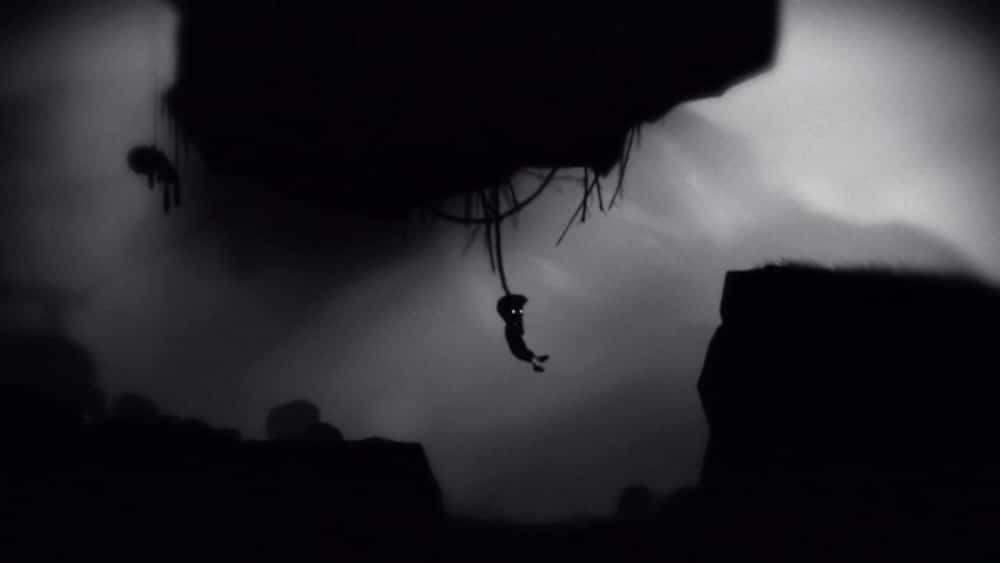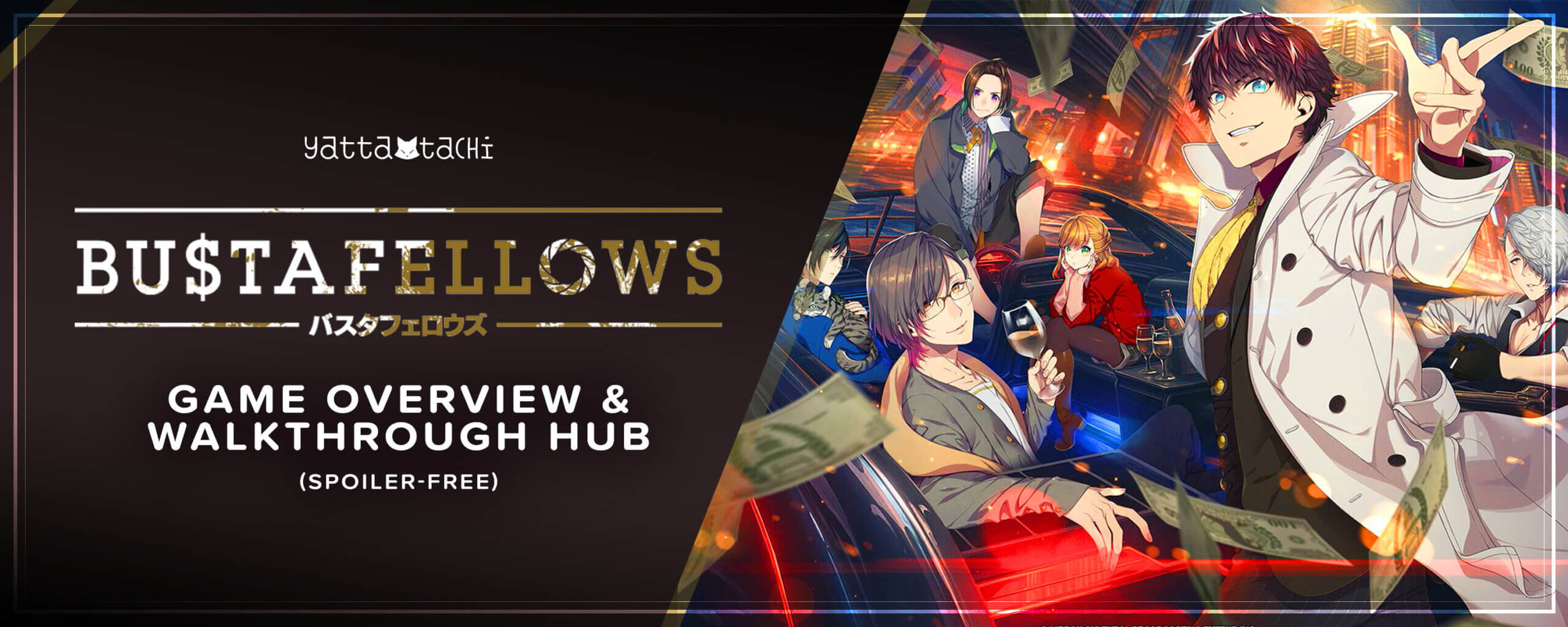

Check out this Kotaku piece to see some of the more fascinating theories people have come up with. Admittedly, that sort of storytelling can drive some people nuts, but Limbo does an exceptional job of giving just enough information that the lack of a definitive “answer” as to what’s happening isn’t anywhere near as interesting as the speculation it fuels. Where is he, really? Is he dead? Is his sister dead? The narrative of Limbo refuses to enlighten, instead leaving the player to speculate as to the specific details of what’s unfurling before him. There’s a mystery at the heart of this game that fuels the player’s exploration. The star of Limbo is a young boy, whose mission is to find out the fate of his sister by entering into limbo. I said this is a platformer, which it is, but it’s very much a puzzle game, as well. Yet, as myriad as the means of death may be, the young boy at the center of all this danger doesn’t have a whole lot to defend himself with. From spears to arrows to whirling saw blades, there are a ton of threats to the main character’s life and they all must be tackled in different ways to ensure survival. “Spiky things kill” being the number one and most frequently seen signifier of impending death. There’s a limited but easy to understand lexicon in play here to make navigating Limbo’s hazards easy to grasp. Black, white, and gray are the dominant hues, coalescing into both organic and mechanical shapes to create the game’s world, enemies, puzzles, and traps. Which is especially impressive given Limbo’s minimalist aesthetic. The folks at Playdead succeeded in crafting one of the richest, most eerie atmospheres ever realized in a video game. If the screen grabs and trailers aren’t enough to make it clear, Limbo isn’t like many other platformers. Like I said above, however, newbies are going to be thrilled to play Limbo for the first time.
Limbo game walkthrough portable#
Plus, outside of the few fans who own the PlayStation Vita version of Limbo, this is only the second time it has been made available on a dedicated portable gaming platform (yes, that’s a subtle jab at iOS!), so I’d say a second dip is warranted, overall. I’d played the game before, but having not touched it in a few years, I was sucked right in and beat it in a single night. If it’s been a stretch since the last time you’ve played Limbo, I’d say it’s worthy of a double-dip. It’s the same 15 chapters as before with the same puzzles and hidden goodies to find. There’s no new content to be found in Limbo on Switch. For those who have tackled Limbo before, it’s going to be a trickier sell. The game hasn’t graced any other Nintendo console before this, so for those who don’t stray beyond the Kyoto-based company’s ecosystem, Limbo will be a fresh (and irresistible) experience.


Which begs the question, then, of whether or not this Switch iteration of the game is worthy of your time.įor starters, a lot of diehard Nintendo fans will be playing Limbo for the very first time on Switch. Odds are that many of you reading this have played Limbo in some form or another on at least one other platform already. What started on Xbox 360 has spread to countless other platforms and garnered numerous industry awards, mass praise, and a devout following along the way. By the time you read this, Limbo will have been around for eight years.


 0 kommentar(er)
0 kommentar(er)
